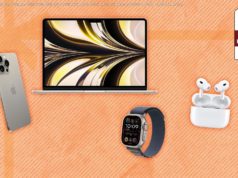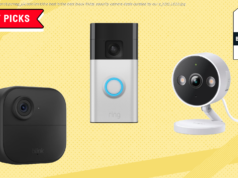If you’re dealing with a glitchy peripheral, you may need to replace its driver. Here’s how to update device drivers in Windows 10 and Windows 11.
A driver is a small piece of software that helps your PC communicate with a certain piece of hardware, like your mouse, keyboard, or printer (for now). Every once in a while, though, those drivers may require updates to fix certain issues, introduce new features, or improve performance.
In general, you shouldn’t need to update your drivers very often. If your hardware is working as intended, it’s best to let it be, since new drivers can introduce problems as well as fix them. If, however, you’re having issues with a specific piece of hardware—or you know one of your drivers has a security flaw that needs fixing—it might be a good idea to update it.
There is one major exception to the “if it ain’t broke, don’t fix it” rule: graphics drivers. If you’re a gamer and you have a dedicated graphics card from Nvidia or AMD, new drivers are coming out all the time with performance improvements for the latest games. If a game you play gets a performance bump from the latest driver, it’s worth updating to take advantage.
In most cases, updating a driver is very simple. I don’t really recommend using separate “driver updater” utilities; instead, you can do it yourself in just a few clicks.Update Drivers With Windows Update
By far, the simplest way to update your drivers is through Windows itself.






